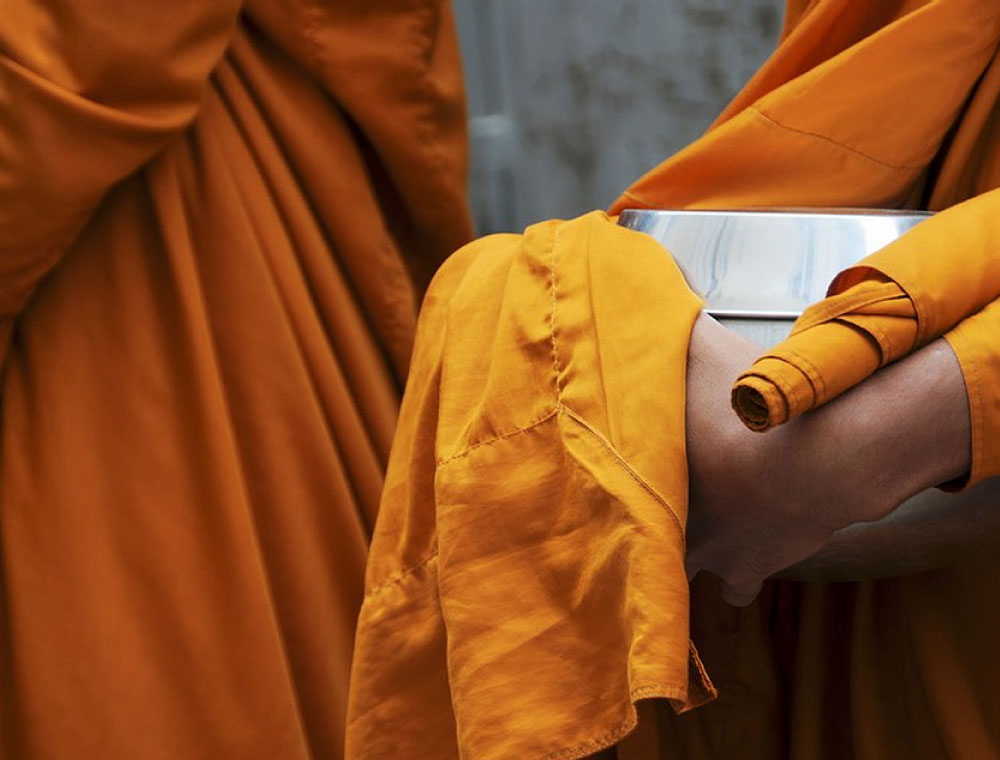UNESCO has designated the entire city of Luang Prabang as a World Heritage site, ensuring its preservation and protection for future generations of visitors. Perhaps more than any other destination in Asia (with the possible exception of Angkor Wat), Luang Prabang is viewed by visitors as a true discovery and one that captures the heart and imagination of every new arrival. The city was once capital of the expansive Lanna Kingdom, which covered large areas of northern Thailand, southern China and all of Laos. Remnants of royal heritage remain in the royal palace, which is now the National Museum. The wooden temples of Luang Prabang are amongst the most delightful in Asia, with roofs that sweep in majestic curves almost to the floor. As elsewhere in Laos however, it is not so much the buildings but the attitudes and atmosphere which delight visitors. Luang Prabang is ideally explored by bicycle or on foot, with frequent stops at street-side markets, cafes and temples.
Alms or almsgiving is the respect given by a lay Buddhist to a Buddhist monk, nun, spiritually-developed person or other sentient being. It is not charity as presumed by Western interpreters. It is closer to a symbolic connection to the spiritual and to show humbleness and respect in the presence of normal society.
The Baci ceremony is central to Lao culture. Performed by a respected elder of the community, the Baci bestows good will, good health, and harmony to individuals or to a group. The Baci is performed at all traditional Lao festivals and celebrations.
Royal Palace
The Royal Palace built in 1904 is relatively new by Luang Prabang standards and is a hybrid of traditional Lao and colonial French design. The palace is now a museum with numerous exhibits on the daily lives and religious beliefs of Lao people. It also houses the Royal throne of the Kingdom of Lane Xang and other religious treasures and a replica of the golden Pra Bang, an 83 cm statue of gilded bronze that depicts calmness and tranquility.
Wat Xieng Thong
Wat Xieng Thong is one of the most important temples in the country of Laos. The word "wat" in Lao means temple, in this case, the Temple of the Golden City. Wat Xieng Thong is very old, built around 1560 by King Setthathirat, a patron of Buddhism, who ruled Laos from 1548 to 1571. The temple is located in a beautiful garden on the bank of the Mekong River where the Nam Khan, a smaller river runs into it.
Wat Mai Suwannaphumaham
Wat Mai Suwannaphumaham is worth a visit, especially at dusk when you are likely to hear the murmuring chants of monks praying. Wat Mai is the biggest Budhhist temple in Luang Prabang. Wat Mai Suwannaphumaham means The New Monastery of the Golden Land. It is located along Sisavang Vong Road (Thanon Phothisalat), close to the Royal Palace Museum.
Phou Si Mount
Phou Si, meaning Holy Mountain in Lao, has an excellent view over town. It is bordered on one side by the Mekong River and on the other side by the Khan River. The temple is striking from a distance but can be disappointing up close. Many people gather here to watch the sunset or sunrise and chat to the novice monks.
Pak Ou Caves
Pak Ou, 25 km of Luang Prabang, can be reached by a pleasant cruise on the Mekong river. There are two caves which, as a pilgrimage site, have accumulated a multitude of Buddha statues of all shapes and sizes. Across the river is the nice village of Ban Xang Hai.
Ban Xang Hai Village
Near Pak Ou caves, downriver towards Luang Prabang is the village of Ban Xang Hai, famous for its manufacture of rice whiskey. Ban Xang Hai, a small village near Luang Prabang, is an example of the very rapid development the region has experienced over the past five years.
Ban Phanom Village
Situated 4 km from Luang Prabang is a small village famous for weaving. Ban Lu or Lu village of Ban Phanom, only 2.5 km from the center of Luang Prabang town is famous for cotton and silk weaving, and some beautifully hand-crafted souvenirs. The Lu people of Ban Phanom came originally from Sip Song Panna in the southern Chinese province of Yunnan, having been invited by King Kitsarath.
Khuang Si Waterfalls
About 30km south of Luang Prabang the spectacular Khuang Si Waterfalls is located deep in the forest, away from human habitation. The falls has a covered area for eating and there are several stalls serving simple Lao food and drink. It is perfect for rest and relaxation. On the way to the falls, quaint villages with their traditional hydro-rice mills can be also visited.




